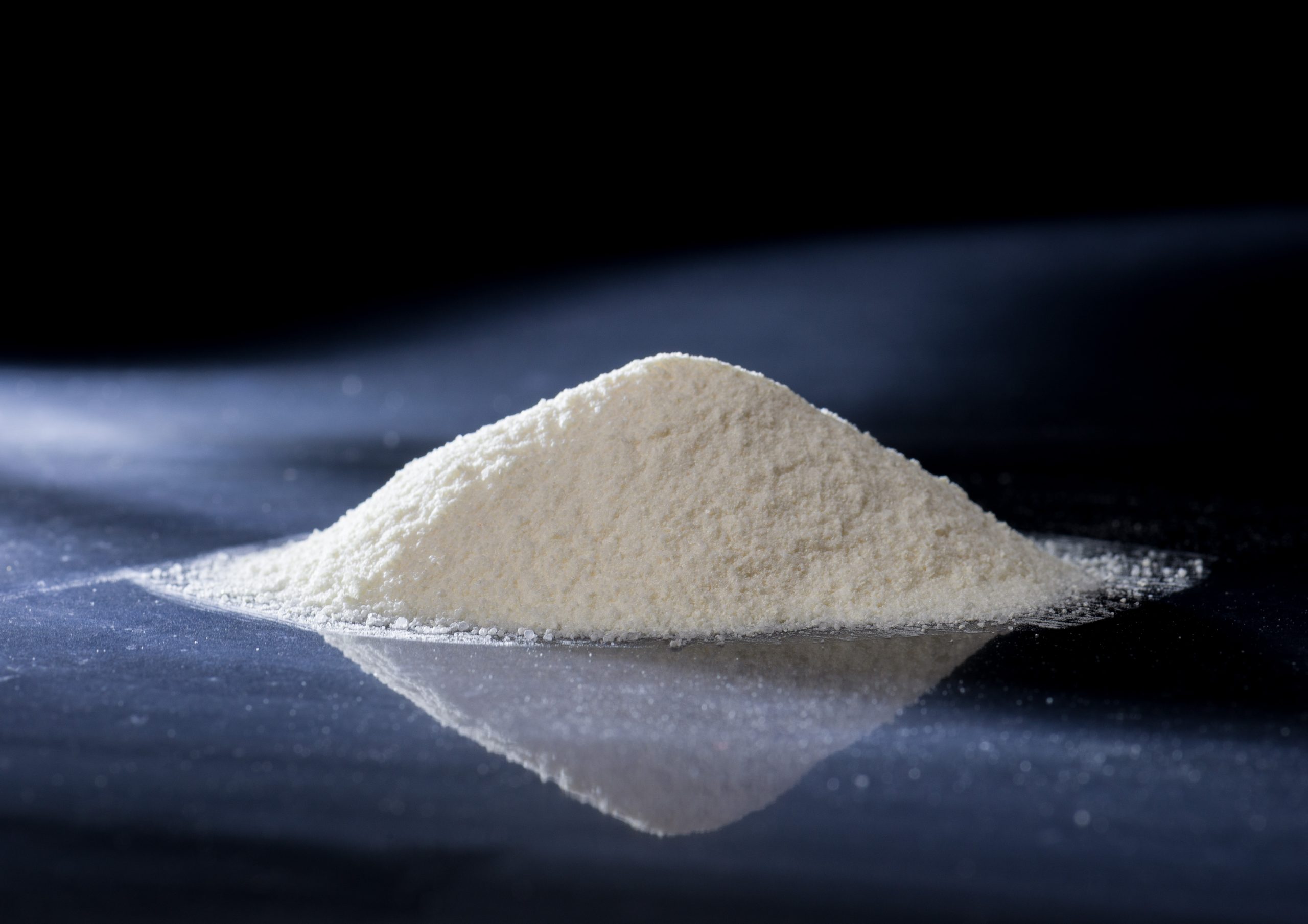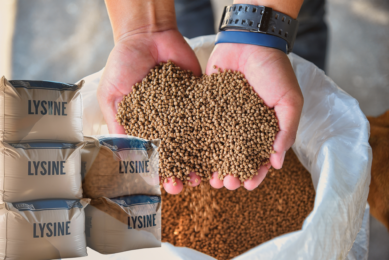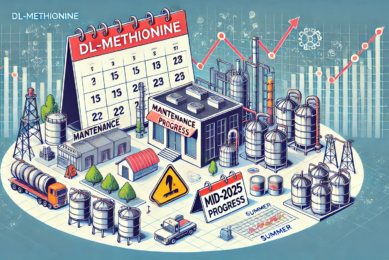Fresh updates at the 1st Amino Acid Academy

With the increased use of other protein sources in animal diets, the need for more information on how to formulate the feed with the right amino acid balance becomes more important. This was one of the conclusions from the first Amino Acid Academy.
The event, organised by the EAAP (European Federation of Animal Science) with the support of Ajinomoto Eurolysine discussed the use of protein and amino acids in animal diets and how they can contribute to a sustainable future. Experts came together in Paris, France to discuss the different angles to this theme. The event kicked off by explaining that there is more than soy alone. Think of lupines, rapeseed or peas. Gilles Tran from AFZ (Association Française de Zootechnie) explained that these and for example insect meal and algae protein hold the potential to reduce the dependency on soybean meal in the EU. “Many insects have a crude protein or fat content greater than or equal to that of soybean meal. However, the composition of these insects is very variable. Red or green algae can be high in protein (typically less than 30% of dry matter, but exceeding 50% in some species used for human consumption). They contain bio-active components (probiotics) and minerals, but the lysine content is often poor. “Unfortunately the availability of these new protein sources is still limited and thus costly. We also need more information on their variability and their nutritional values.”
Efficiency can be stepped up
Paul Bikker of Wageningen University & Research in the Netherlands addresses that despite the raw material we use to formulate the animal feed, processing the raw materials has a negative effect on amino acids. “This is especially the case for lysine. This loss due to processing is often not taken into account in nutrient evaluation. Often the reduced amino acid levels can be compensated by the addition of synthetic amino acids”, Mr Bikker said. Paul Moughan of Massey University (New Zealand) said. “The protein feed efficiency in animals is relatively low. This is partly explained by an imbalance in amino acids”. He continued by saying that the absorption and metabolism of amino acids is complex and highly integrated, with continuous flows within and between cells. Mr Moughan: “In farmed animals, losses of amino acids can have 2 causes:
- an excessive supply compared to the maximum capacity of genetics to deposit proteins,
- or a preferential catabolism of amino acids for the supply of energy
I therefore recommend to use biological models simulating the growth of animals to be able to formulate a good diet. For example, ileal – and not faecal digestibility – should be used in pigs and poultry.”
Effect on immune response
But what is the effect of amino acids on immunity and animal health? Nathalie Le Floc‘h from INRA in France explained that each amino acid intervenes at a precise level. “Some will be constituents of immune proteins, others will be nutrients for immune cells or they may be bioactive molecules or precursors of these latest. A threonine deficiency (70% of control) in primiparous sows for example will result in a reduction in the total number of immunoglobulins in the blood plasma”. She further explained that tryptophan and cysteine also have anti-inflammatory properties. But when the amino acids are limited in quantity, there may be competition between their possible functions and the animal will not be able to maintain its immune functions. “This is why it is important to add external amino acids to support the immune response of the animals”, Le Floc‘h concluded.











